The Article
YU4 Powered Speakers From Kanto
26th June 2019
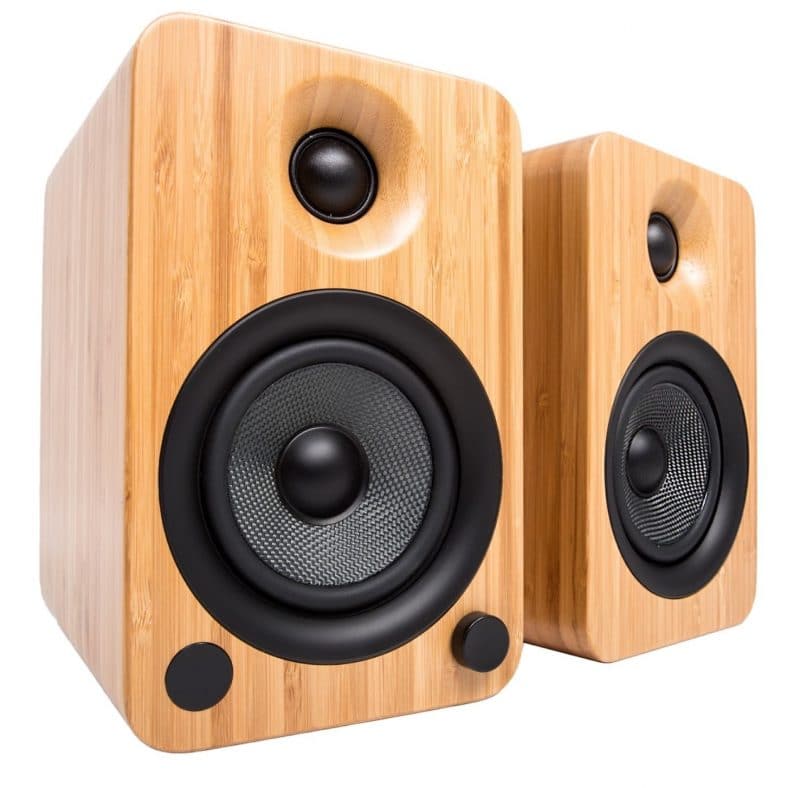
These powered, stand-mount examples also feature a built-in phono amp. Paul Rigby reviews.
They’re very useful things. There’s no doubt about it. The basic notion is crazy and would appear to be the worst design decision you could ever consider but still, on a practical level, power speakers do a job.
Why crazy? Actually wishing to cram one hi-fi component into the same chassis as another is asking for trouble in the form of veiling noise, the like of which will creep from one component to another. Then there’s excess vibration that is a noted result of using a speaker in the first place. This stuff affects the performance of everything else in the same chassis. Daft, that’s what it is.
As I say though, the powered speaker is a great idea if…
If you’re short of cash then any bundled hi-fi component is (generally speaking) going to save you money when compared to buying the same standard of components within their own chassis containers. If you are short of space then stuffing a powered speaker full of hi-fi components is going to dramatically decrease the footprint of the final hi-fi system. Ideal for students, second systems for a bedroom or similar, those living in rather cramped conditions and so on. If you can’t be bothered with buying and fitting cables or are nervous about the same or you hate the messy look of cables per se, then the powered speaker will both save you a job and will look neat and tidy, on a relative level.
More than that, impossibly good designs from some companies out there has actually resulted in a range of pretty decent powered speaker performers, on a sonic level. So how do the YU4 designs fare?
This pair of YU4 speakers features, on the front, a 25mm silk dome tweeter and a 102mm mid-bass unit created featuring Kevlar, included for “strength and rigidity” reasons.
Spanning 4 x 19 x 22cm, the speaker is small but no smaller than many other designs in its class while each speaker weighs in at 3.2kg. Inside is a 70W Class D amplifier. There’s a source/volume/stand-by selector knob on the front too that can be rotated and pushed in for source selection. You’ll also see a black circled sensor which shines with an appropriately coloured light relating to any particular condition: white is ‘power on’, yellow is ‘stand-by’ (the speakers power down after 15 minutes of inactivity) and blue relates, appropriately enough, to Bluetooth. Pushing the knob inwards cycles through the input sources one at a time: RCA, Aux, Opt1, Opt2 and then Bluetooth.
The remote provides access to tone controls and also CD-type play controls for the attached Bluetooth device.
On the rear, apart from the binding posts, are the following inputs: 3.5mm mini-jack, RCA with phono switch, a pair of optical TOSLINK sockets (why no Coax?) and Bluetooth 4.0 with aptX. There’s an IEC power socket and I would recommend upgrading the included kettle lead as soon as you can. Outputs include Subwoofer and a USB Charge 5V 1A connector. In the box you also receive little stick-on rubber feet, a connecting wire to run from the master to the slave speaker and a 3.5mm auxiliary cable.
If you want to use the speakers as near-field devices, Kanto does supply stands that angle the speakers upwards to 16 degrees. I wasn’t supplied with these so I’m afraid I could not test them.
It’s a shame there’s no USB input to take a USB stick music source. Instead, the USB charging port – included to charge your phone, for example – betrays the lifestyle market that the YU4 wishes to occupy. It’s this one feature that stands out like a sore thumb. That is, the YU4 was built under a restricted build budget and instead of including a standard USB input or improving the sonic quality of another component, Kanto decided to include a USB charge port instead.
Before we begin the sound tests, I must also report that I ran all of the tests with the tone controls disabled. Engaging them results in all frequencies sounding somehow false and plastic.
SOUND QUALITY
I began by hooking up my Astell&Kern AK120 to an optical port of the YU4 and played Andrew Gold’s Spence Manor Suite album track, Can’t Help Forgiving You, ripped from a CD at 16bit/44.1kHz.
My first tests were undertaken using the YU4 speakers as standard hi-fi speakers. As opposed to near-field speakers. That test would follow later on.
My first impression of the YU4 speakers was that they tended to live life in the midrange. Bass was there to a degree but that mainly consisted of upper bass frequencies. I wouldn’t blame a small chassis for this either, I’ve heard other speakers of a similar size that provide more lower bass response. For the YU4, tonal balance…isn’t really. The majority of the frequencies are pushed upwards towards that midrange position. That said, there’s no obvious overarching, consistent nasties here in terms of edgy upper mids or treble. In fact, both of these areas offered plenty of detail and were fairly balanced. I say ‘fairly’ because there were one or two moments on this track which did produce a slightly strident response around the upper mids.
This song has a steady, trudging along a country path kinda beat. There’s one point where the strumming guitar, drums and tambourine coincide. So what you get is strum-strum-bam! Where the guitar strums twice and the drum joins in on the final strum to add a bass-beat. On that ‘bam!’ beat, the tambourine is also struck. So, if you were in the studio watching the artists you’d hear that final beat being negotiated by the guitar, drums and tambourine, all at once. The final combination of guitar/drums/tambourine produces quite an intense noise that, no doubt, had the VU meters flickering upwards in the studio. It’s at this point that the YU4 speakers found it hard to cope and the sound was almost metallic. Just for a moment. Then it was gone and everything returned to normal. That said, because the tonal balance was pushed upwards, the effect on the ears was notable.
Listening to a slice of Trigram by Heo Dae-uk at 24bit/96kHz I noticed that this dramatic piano piece depended on reverb tails and space to make its point, just as much as the actual free-form classical delivery. Again the midrange emphasis lost some of the resonant grandeur of the piano chassis, that booming vibration from bass notes was absent, while upper mids offered a touch of emphasis.
There was still much to like, though. Because the sonic frequencies were levered up a tad, the detail was plentiful, fast, agile and certainly dextrous. The music from the YU4s could resemble a hummingbird in action. Such was the almost athletic nature of their performance.
Upper midrange resonance was focused with superb transient detail. Notes started and stopped with great precision. Bass was also present to some extent, of course, although it was upper bass that I was hearing. That too was nippy and full of energy, giving the music momentum and a sense of vitality.
It was at this point that I decided to wind in the YU4 speakers (at least in terms of distance) and listen to them in a near-field environment. Desk-top speakers, speakers for a bedroom, speakers for use either side of a computer: that kind of thing.
And that’s where these speakers came to life. As near-field speakers their performance improved dramatically. Bring them near to you, lower the volume, position them to create a nice stereo image and they sound lovely. OK, bass was still rather shy and it would have been nice to have had more dynamic range to add flavour but, in the near-field configuration, bass was enhanced enough so that the overall tonality was much improved with the bass guitar being much more involved than before and drum strikes formed a useful grammar throughout the song.
What really hit me at this point though was the superb soundstage arrangement. It offered a real 3D effect that didn’t depend on having the tweeter at ear height to work, ideal for any near-field speaker. Hence, for a desk set-up, the YU4s were still able to create a 3D, layered and informative soundstage. If you are able to lift the speaker’s tweeters to ear height then the detail will be further enhanced sure but the positioning remained flexible. A good thing.
Testing the Bluetooth option via my iPhone 8 and playing Marvin Gaye’s Mercy Mercy Me, I was pleased to hear a general level-headed performance without the typical Bluetooth edge and clinical response. This lossy file did experience a typical reduction of definition and dynamic reach but it remained listenable with enough detail on offer to serve well as background music while you’re doing other things.
Finally, I plugged in a Rega RP1 into the rear of the YU4’s built-in phono amplifier and played Nancy Sinatra’s It’s Such a Pretty World Today from Country, My Way (Reprise).
Vinyl play was good. Although not particular exciting with a rolled off upper midrange and veiled bass response. Yet there was still lots of admire. For example, all frequencies were disciplined and in order with no treble pinching, midrange barking or bass blooming. There was a slight spotlight on the midrange but nothing to cause real offence. Having a phono amplifier in the active speakers won’t aid audiophile listening but it’s a quick and compact method of listening to vinyl, especially on a desk environment.
CONCLUSION
For general, stand-mounted hi-fi use, hanging off the end of a hi-fi system, the YU4s are usable but some may find that the design offers too many sonic compromises. They do struggle a tad in that configuration. Instead, see the YU4 design for near-field use only. When used in this way, the YU4 speakers perform very well indeed providing a complex soundstage and enough detail to engage and delight the ear.
KANTO YU4 POWERED SPEAKERS
Price: £290
Website: kantoaudio.com
TO BUY CLICK BELOW:
USA – https://amzn.to/3kWPW9u
EUROPE – https://amzn.to/37YRuvU
GOOD: near-field performance, soundstage, finish, feature set
BAD: listening room performance, bass
RATING: 7
[Don’t forget to check out my Facebook Group, The Audiophile Man: Hi-Fi & Music here: www.facebook.com/groups/theaudiophileman for exclusive postings, exclusive editorial and more!]
REFERENCE
Rega RP1 Turntable
Rega Brio-R amplifier
Spendor S3/5R2 speakers
Tellurium Q cabling
QED Reference Quartz optical cable
Blue Horizon Professional Rack System
Harmonic Resolution Systems Noise Reduction Components
All vinyl was cleaned using an Audio Desk’s Ultrasonic Pro Vinyl Cleaner

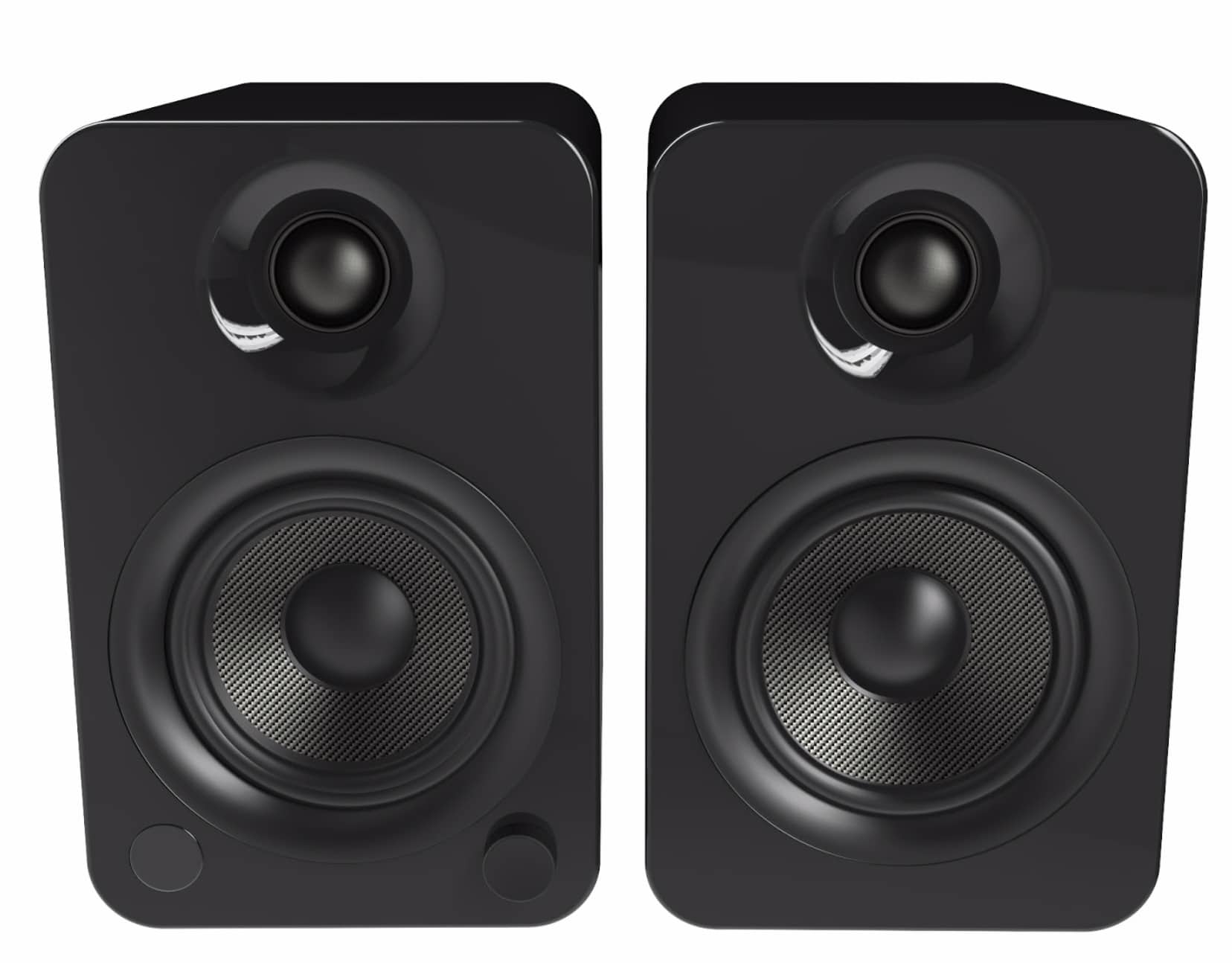

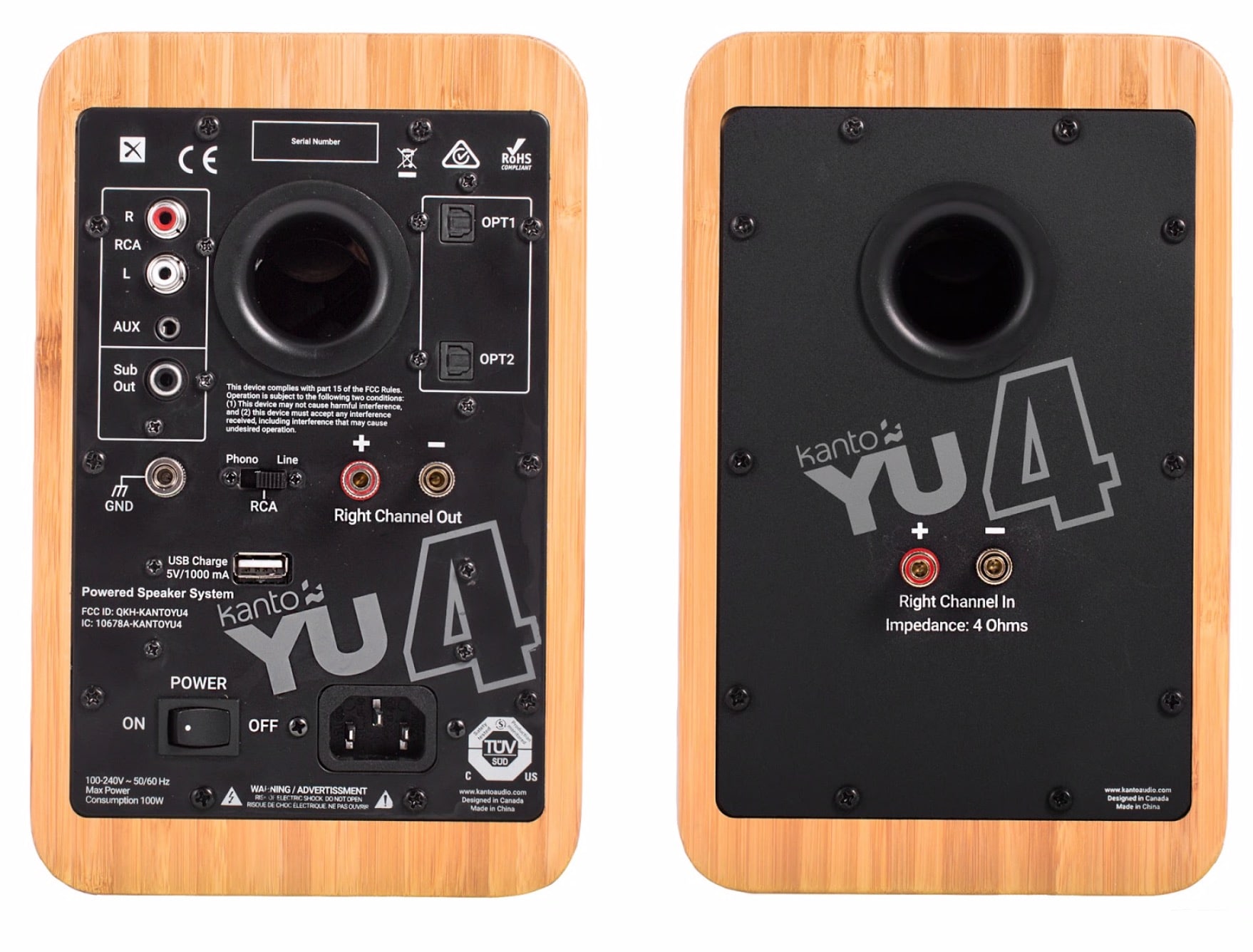
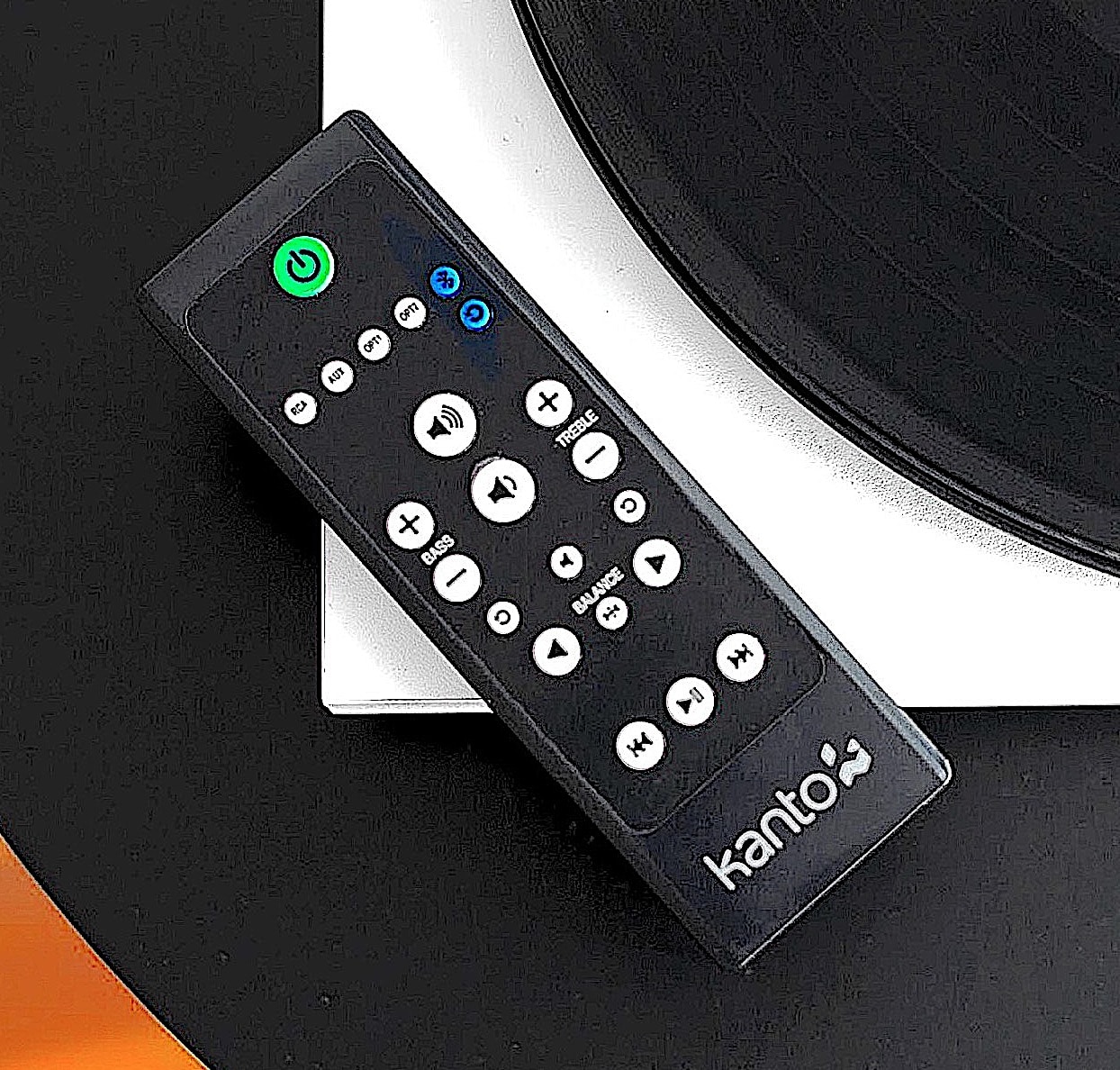
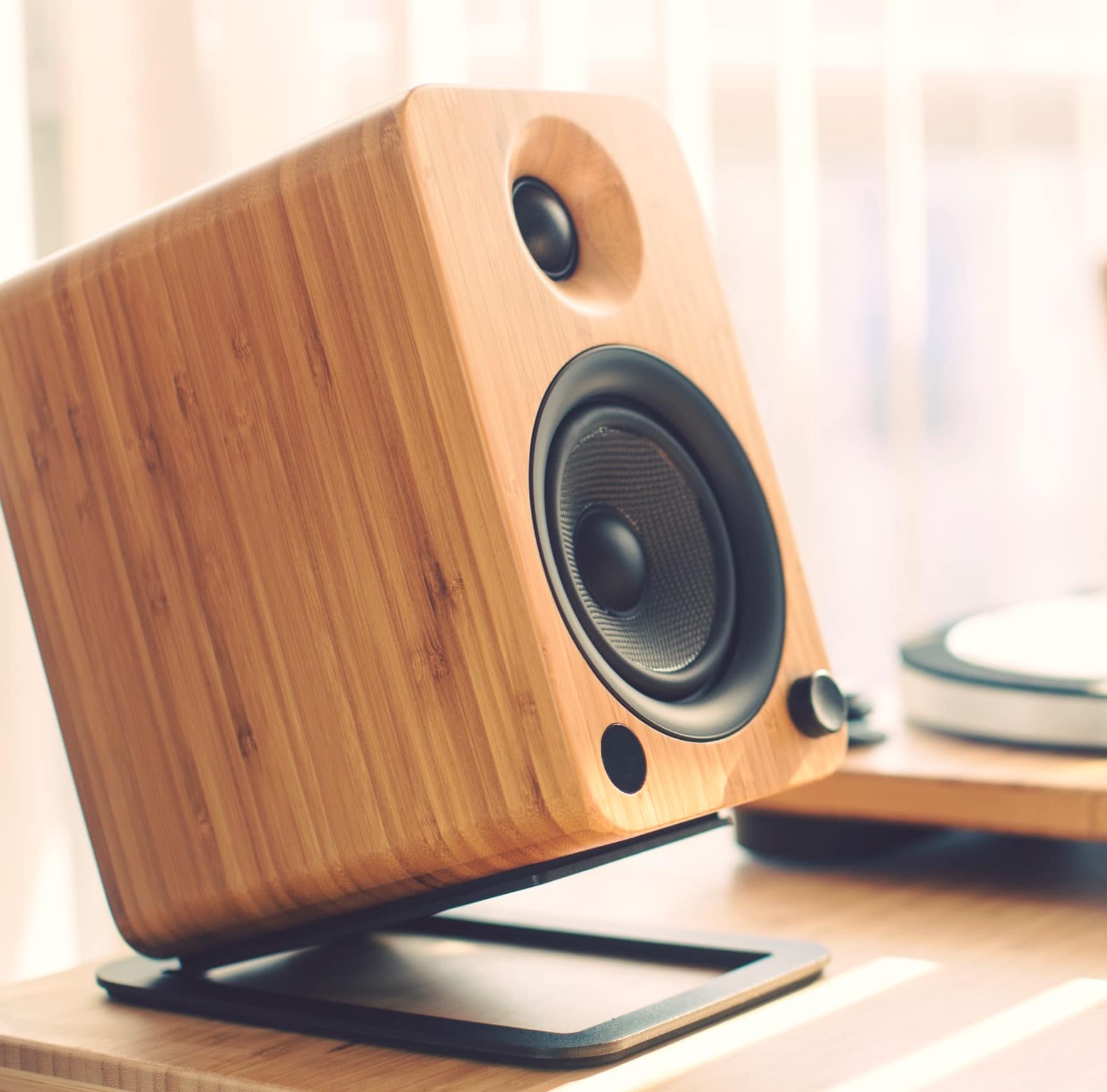
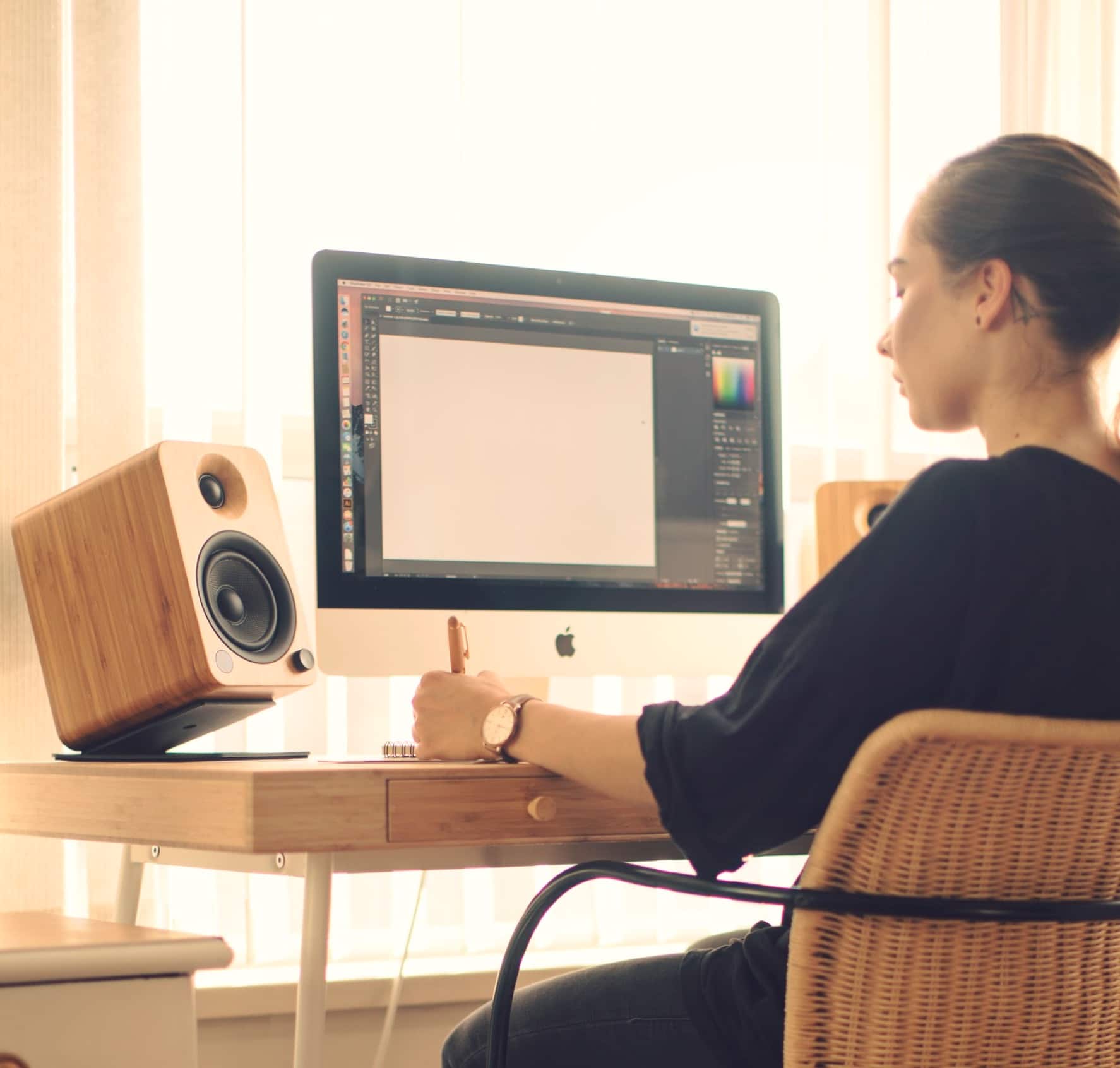

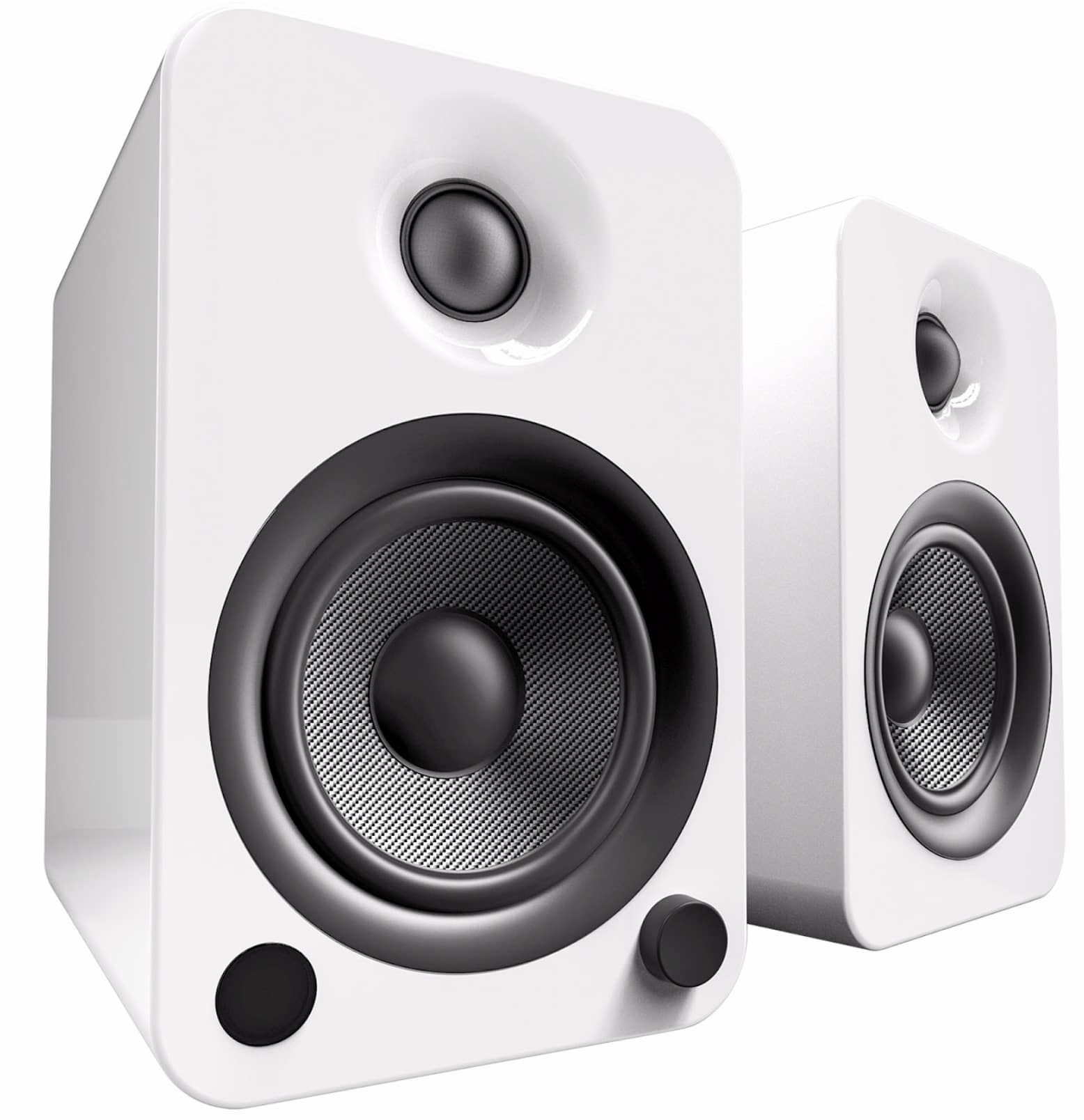
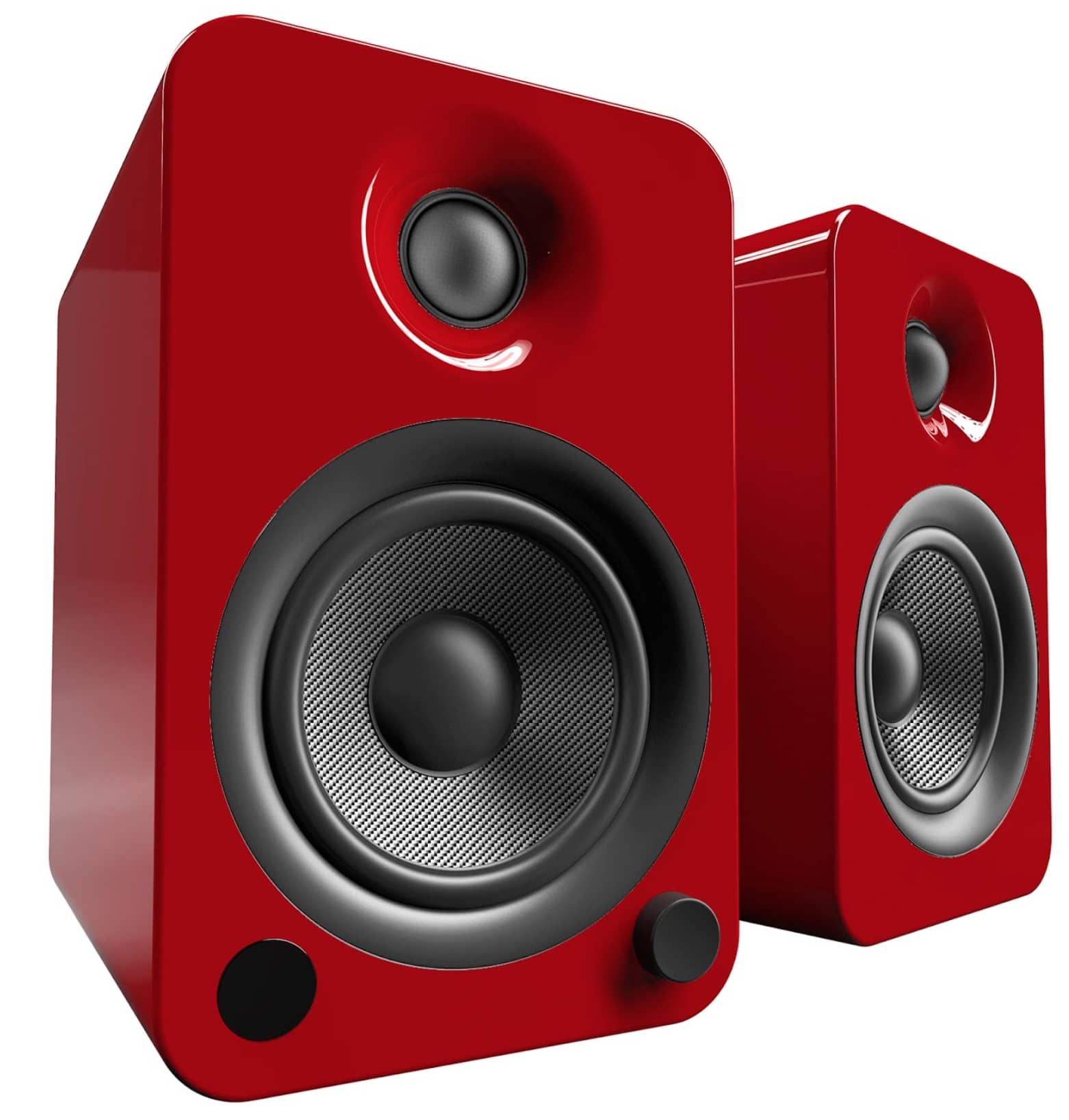
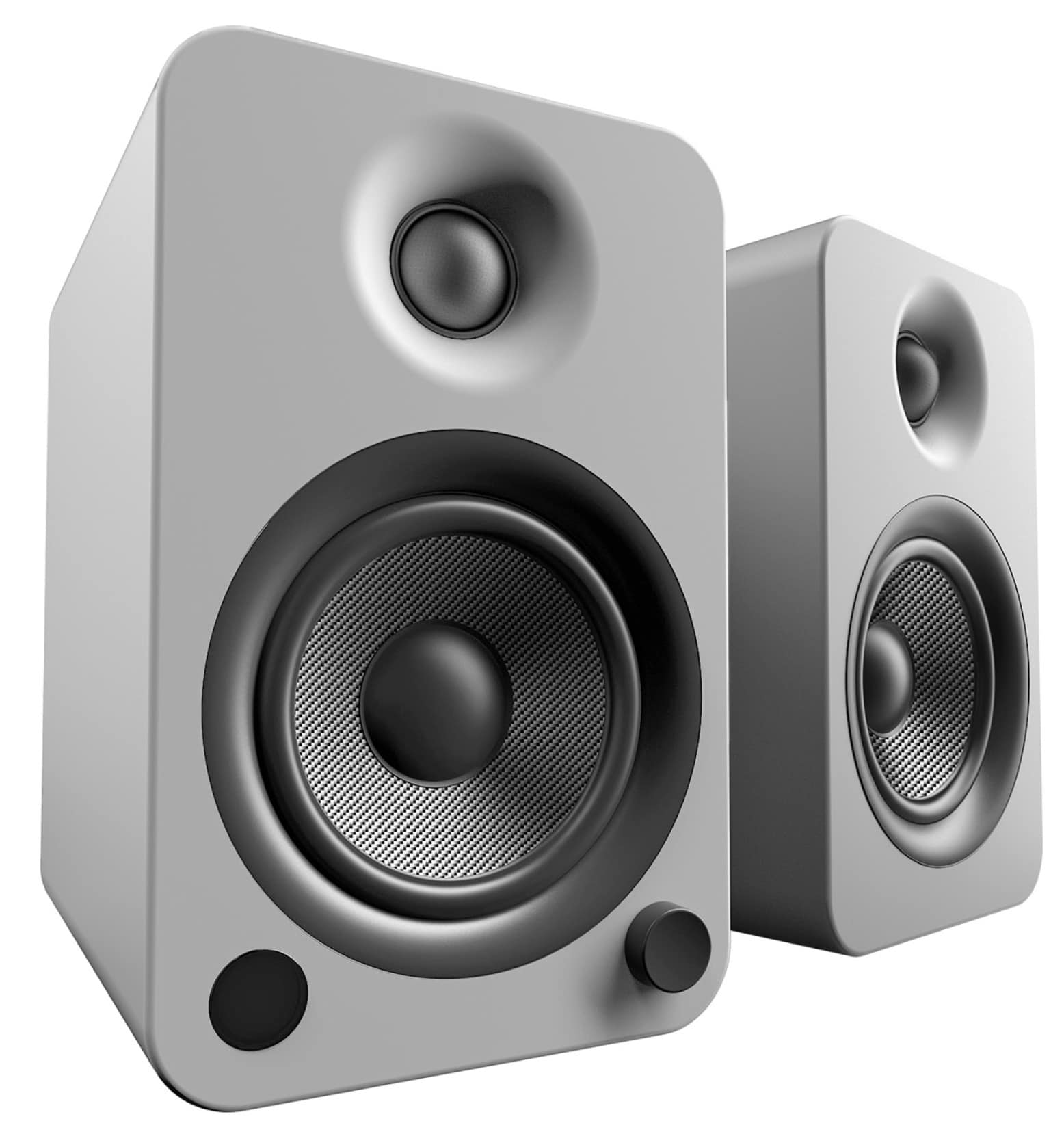
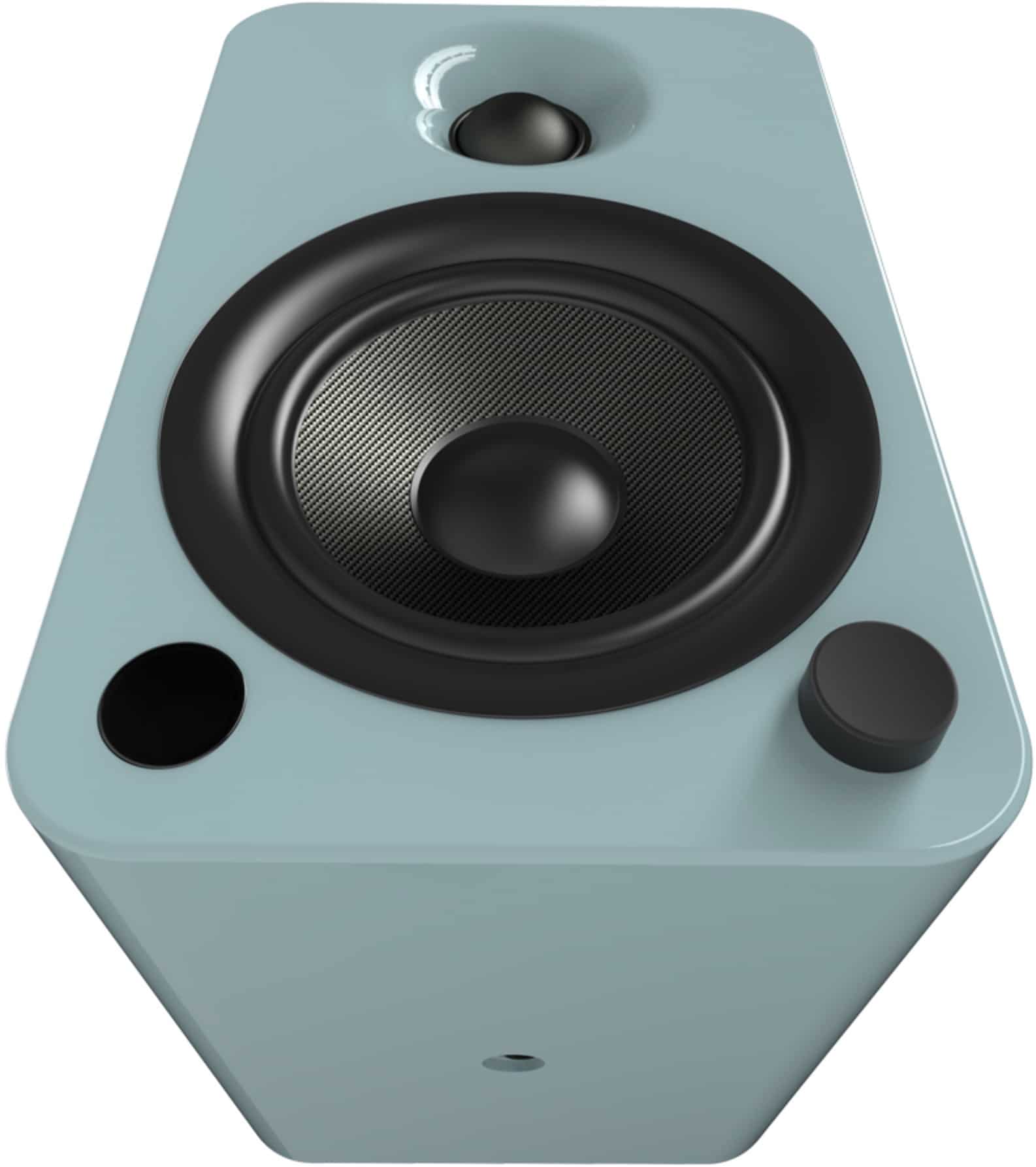
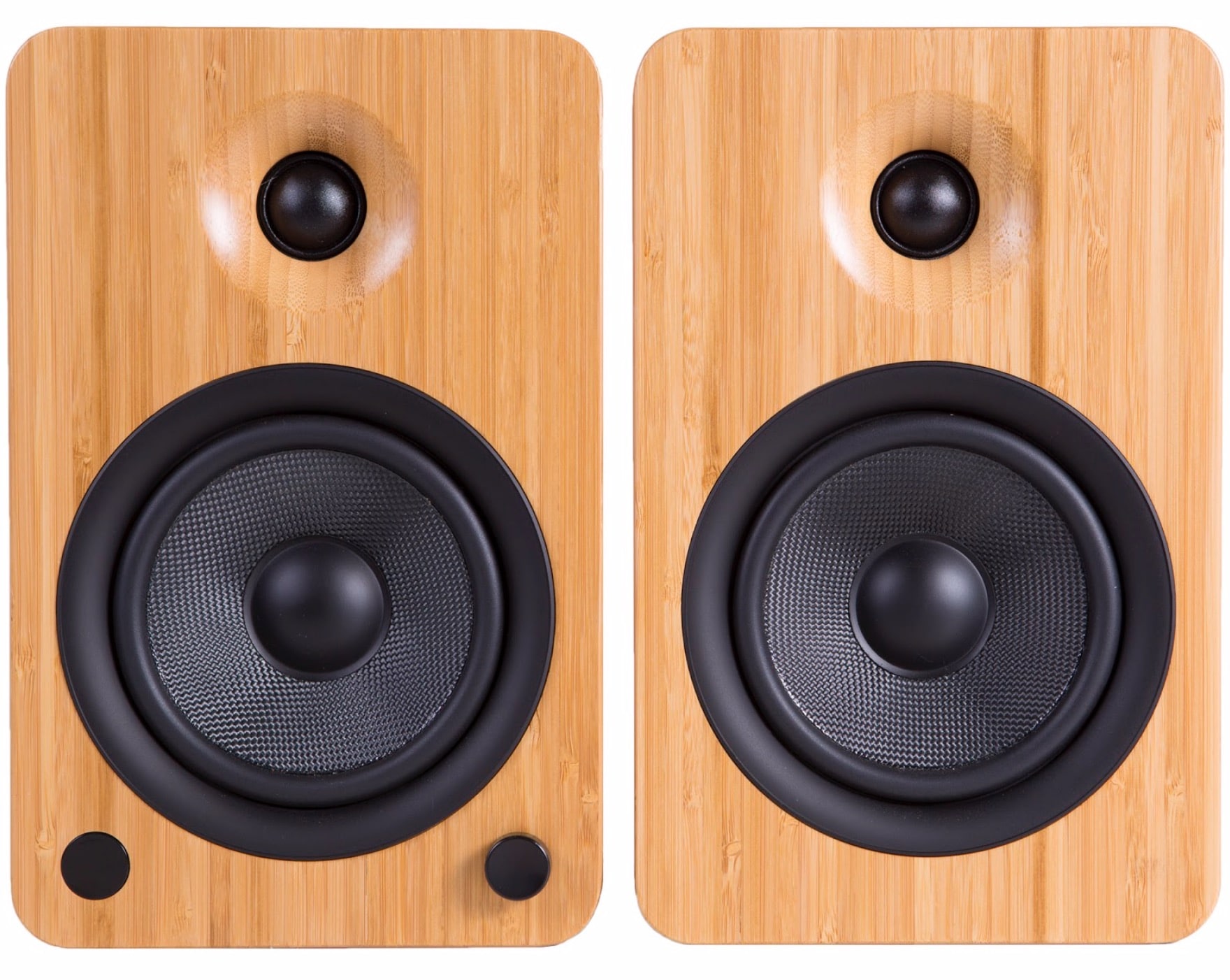

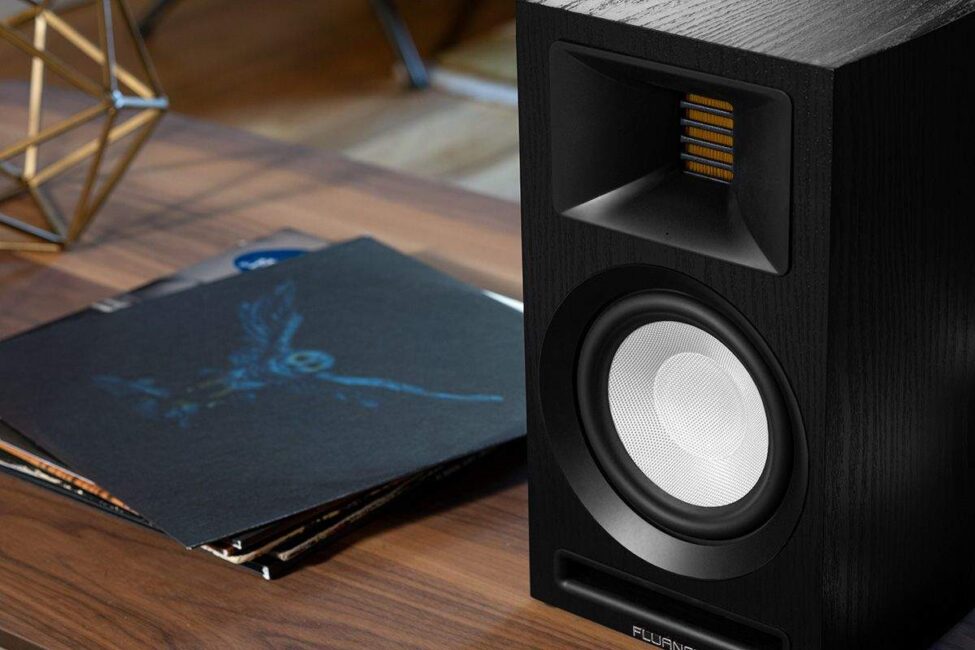

Thanks Paul, I was referring to the Class AB amplifier that actually powers the Ruarks vas the Class D in the Kantos.
Thanks again!
Nicolas
Ah, I see – I’d still lean towards the Ruarks 🙂
Hello Paul,
Great review! I have a pair of the YU4 speakers paired with the Jamo 8″ sub for my small office.
The YU4 speakers were extremely clear sounding prior to purchasing the sub. Once the sub was introduced, I lost a little bit of clarity in my speakers. Speakers are still sounding great, I’m just down this audiophile rabbit whole now… Do you recommend a DAC or Equalizer helping the clarity? I was looking into the Schiit Modi 3 .
Hi Taylor – I’d get rid of the sub and if you need more bass, then buy speakers with morass. The issue I have with a sub in 2-channel, as opposed to AV use, is that the speakers will have beeb carefully designed and balanced to produce a particular sonic envelope. Dragging in a sub destroys that.
Hello Paul
I just wanted to query this statement please?
1. The 2.1 speaker configuration is very popular in Hi-Fi circles and is seen as a good compromise against huge floorstanders. You get the speed of standmounts the low frequencies of floorstanders = a better sound balance (supposedly). Your last sentence seems to dispute this?
2. Kanto do actually make two in-house Subwoofers to complement their bookshelf speaker range – the SUB6 and SUB8 – and I presume that they’ve been designed specifically to enhance the sound, not destroy it.
I do like the fact that you’ve given an alternative perspective, but some further explanation would be appreciated. Especially as I’m thinking of adding a SUB6 to my YU6’s in a desktop set up!
Thanks
Derek
Hi Derek – many people like subs and that’s fine. They love the sound they make which is great, for them. I don’t. To my ears, subs drag the sound. They feel disconnected from the central action. I see a speaker as an enclosed entity, created and designed to work well (at least that’s the initial intention) on its own. To be sold and used ‘as is’. Adding a sub tips the balance and unhinges that design. The design ‘carefully’ modelled by the original creator.
Kanto might offer a sub but, to me, it’s merely a company doing the expected capitalist thing: following perceived demand because it thinks it can make an extra buck.
Hi Taylor. How do you like these speakers? I have a pair in my basket and was thinking about this over the smaller brother (YU2) or the Audioengine A2 . Thanks.
Thanks for the reply, Paul!
Well, since I already purchased the sub and expensive speakers that don’t produce enough base, are there any options (since I’m past being able to return my products) that you would recommend to enhanced the sound? or am I just S.O.L…
There’s always options, Taylor 🙂 Can you list your hifi kit please and any budget you might have available?
Hello. I was looking into speakers like the Kanto YU2, YU4 and similar options from Audioengine i.e. A2 . The primary purpose is listening to music, videos etc at my desk occasionally (i normally use headphones). I am thinking of buying an amp in the future for headphones like my Beyer DT770 and Dt990 and i saw that you mentioned getting passives in that use case. Any that you reccomend? I don’t want to go down the rabbit hole of spending too much and limited desk space (140cm) sp perhaps something like the Audioengine A2 or Kanto YU2 would be sufficient. Thanks and sorry for the long post
Hi Ayo – powered speakers are ideal for desktop use, as you know, because of the small footprint so a very small headphone amp might be the way to go. I’m not sure I would recommend passive speakers, amp, etc because they will only occupy your desk like an invading army. I would head for powered models in this configuration.
Thank you! Do you have any reccomendations? Instead of the ones i mentioned above, i was thinking of going a little bit bigger e.g. YU4?
Do you have a budget, Ayo?
For powered speakers? There’s the YU6 speakers from the same outfit, the XTZ Tune 4 speakers (search for a review on my site) are sonically superior than the Kantos and highly recommended but you won’t get the bells and whistles.
Hello Paul
Thanks for the review. As I was looking for a pair of active speakers, I was recommended the Adam t5v a lot, but thoses Kanto yu4 seems a lot more convenient. It would be for a desktop usage, paired with a topping dx3 dac. I would like to hear your suggestion.
Thanks.
I haven’t used or heard any products from Adam, I’m afraid Charles. The Kantos should be fine for your needs, though.
Hi Paul. great review,
I know this is pretty old now, but I have just decided to equip my desk with some nice powered speakers for watching videos, listening to Music and a little gaming if I can find time! I am no smart enough to go the separates route and like the ides of everything tuned perfectly and living inside the speakers. The Yu4 are in my list, hence visiting your site.
I went and listened to some Q Acoustic M20 today and they sounded fantastic. I am ashamed to say the only thing stopping me buying is that the grill is not removable and I would ideally like them to look nice sitting on my desk all day. The Kantos look great, but I am worried by the lack of bass I keep reading.
Have you listened to the M20 at all? I think they are bigger than the Yu4 so expect the bass to be superior, but based on using them near field I wonder if they will be fine. Room size is about 3m square so not a nightclub!
Thanks for any help or suggestions to look at 🙂
In raw sonic terms, I would go for with the M20s but, saying that, for near field use, you won’t be disappointed with the YU4s if you prefer those, Tony. Bass shouldn’t really be an issue in a small room and (especially) for that near field operation.
Hey Tony,
I’m not audiophile like Paul here but I went down this rabbit hole a few years back as well. You can see my questions above. I have the same set up as you’re explaining (home office, watch YouTube or movies and gaming). Ultimately I went with the Yu4s because of the price and super clean sound! I did go against the advise of Paul (sorry Paul!) though by pairing it with the 8″ Jamo sub and Schiit Modi DAC. Oh and i bought a pair of Kanto speaker stands. My office is a 10×12 room and can promise you that its enough to satisfy your craving for full sound. More base for these speakers would just drown out the noise so its a perfect thump when you need it! I’ve had three friends also purchase this set after hearing my setup. I hope this helps!
Hi Taylor – the more advice we have available on this site to aid those looking for help the better, as far as I’m concerned. No need to apologise 🙂
Hi Paul,
First of all, thanks for running such a thorough and informative site. I’m trying to put together a hifi setup for my very small condo–primarily for vinyl although the versatility to play FLAC/mp4 would be nice. The space shares a wall with the neighbors, so sadly I won’t be able to play anything very loud, but for that reason sound accuracy and depth at lower volumes are particularly important to me. My question is brought on by your opening few paragraphs up there and it’s this: in a small room where you can’t turn up the volume much, is it worth saving up for a nice pair of passive speakers and an amp, or are powered speakers the best way to go for now? How far away do you need to be before it’s no longer considered “near field” listening?
Note: I have an Audio-Technica LP60x turntable but I’d really like to get a Rega RP1 in the future. I’m working with about $350 to spend at the moment but holding out and saving my pennies for an amp and some Q Acoustics 3020is, for example, is an option I’m considering. I just worry that doing so would be a waste considering the listening situation and current budget turntable.
Thanks again for providing so many helpful resources!
Hi Kat – ok, I’m running with the “very small condo” as a theme here as well as ‘neighbours’. In short, separate HiFi components sound better but take up more space and cost more. It’s a balance. A good near-field system will sound fine at a reasonable distance, so don’t worry about that. The YU4s are a decent option. With them, you have a small footprint, amp and speakers are sorted, the turntable already has a built in phono amp. You’re sorted there.
To improve sound – but you pay moe and it takes up more space – I’d look at the (and I’ll quote pounds here because I ain’t too sure about the exact dollar price): Cambridge AXA25 amp (https://www.cambridgeaudio.com/gbr/en/products/hi-fi/ax/axa25), a seperate phono amp Pro-Ject Phono Box MM for ¬£69 (Amazon) and a pair of original Q Acoustic 3020 speakers (Amazon) which are smaller than the ‘i’ models and possibly better suite to near field. They’re also a lot cheaper. There are cheaper alternatives to the 3020 speakers if case is an issue. I think Amazon sells low cost Wharfedale speakers for around ¬£120 for example. They’re nice but slightly larger than the 3020s. Get the best QED cables you can from Amazon.
Sure, upgrade the turntable when you’re able but the important thing first is to get you listening to music. So don’t fret.
Give me a shout if you need more info.